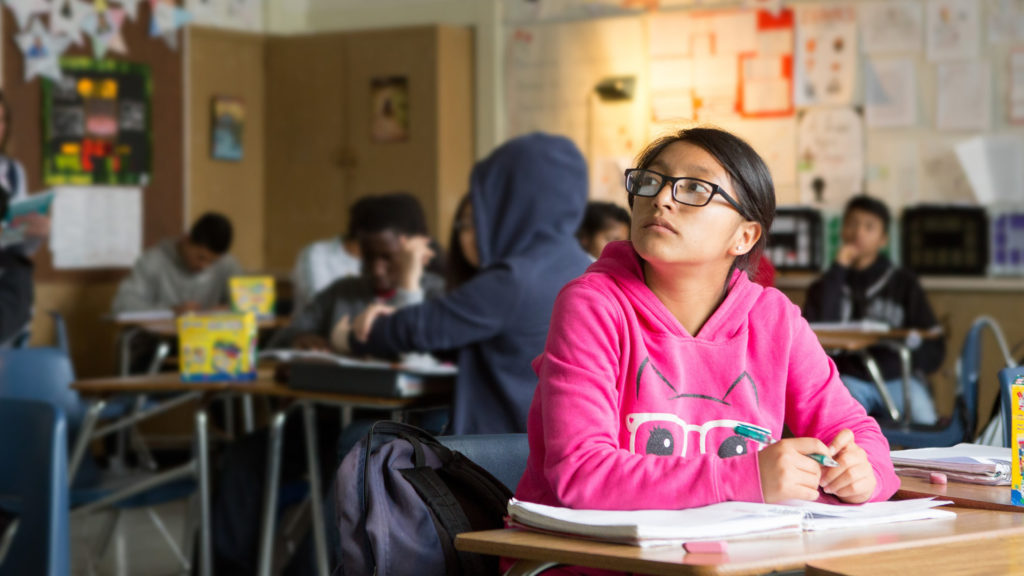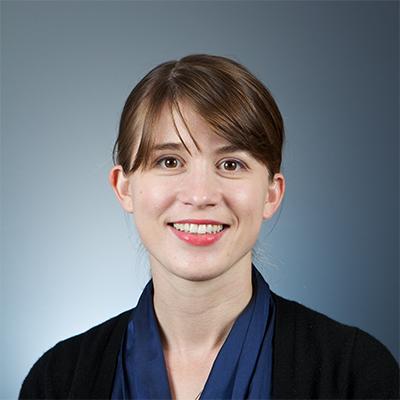Pandemic pods were born out of necessity, as schools shuttered around the country last spring and families cast out in search of urgent solutions to childcare and remote learning support. But in a year characterized by unprecedented disruption and loss, families and educators participating in pods discovered something important: students, educators, and families benefit from an education system that is more flexible and centered on students’ individual needs.
Pandemic pods bring together small groups of same- or mixed-age students who are supported by an educator, or sometimes a parent or group of parents who share responsibilities. They tend to operate in the education “greenfield”—free from many of the rules and constraints that shape public education.
As part of a national learning agenda that aims to understand and learn from pandemic pods, we interviewed parents and educators representing 38 pods that spanned every region of the United States. The pods in our sample ranged from two to fourteen students grouped with a single instructor, with five students being most common.
As the pandemic begins to fade from view, policymakers should heed the lessons generated by pandemic podding, or face the reality that families with the means may turn toward their own solutions—as they did in the pandemic—in ways that further obscure equity.
Pods offered educators the chance to customize based on students’ needs and interests
Families and educators alike consistently pointed to the opportunities pods provide to flexibly support students’ individual learning needs.
According to one teacher who went from working in a traditional school to facilitating a pod, “The instructional delivery is definitely more personalized in terms of what resources I can give to [each student]. I can give them huge chunks of time now, even one-on-one, where I don’t feel like, ‘Oh gosh, I need to move on to the next kid, because I have 24 more to go.’” That sustained attention allowed this teacher to try multiple strategies with each student to help them work through a given concept until they could master it.
Some pod families leveraged the flexibility offered by the pod to customize learning experiences based on students’ interests. One parent of a third grader said her child “initiated what he learned” in the pod and “wasn’t shut down and just told, ‘Oh, you’ve got to do this.’” The teacher noticed what her child was interested in and allowed him to explore it as part of the lessons. As a result, the parent said, “He was consistently learning, but it didn’t feel like school or learning because it was something he was interested in.”
Not all pods resulted in greater personalization based on students’ needs and interests. For those pods relying on school-provided remote instruction, experiences seemed to depend, in part, on the extent to which the remote schedule offered freedom and flexibility. One pod parent we spoke with described a rocky start to the school year as her children, ages five and seven, were forced to navigate long hours of synchronous instruction with their charter school. Moving the children to a state-provided virtual program freed them to experiment in new ways. The family’s pod reserved one entire day per week for enrichment activity and accelerated academic progression so the last month of school could be dedicated to hands-on experiences outside the traditional classroom.
Parents and educators also noted that students were more likely to feel known, heard, and valued in their pod, compared to their experience in school before the pandemic. As one parent said, “Every kid that’s here, they’re here and they feel their space. . . . There’s no getting lost in this.” A former public school elementary teacher described, “It’s a lot easier to be able to feel like I’ve made a personal connection with each kid [in the pod] that day. There were times [in my previous school] where I went home at the end of the day, and was like, ‘Gosh, I didn’t get to talk to [one child] about her ballet recital,’ or, ‘I meant to be able to check in with [another child] on his story today.’ Those kinds of things I don’t have to worry about anymore.”
In some cases, more individualized attention enabled educators to better manage behavioral challenges in ways that evaded them in the past. According to one parent whose child suffered bullying at her former private school, the small group size of the pod allowed the educator to better notice and resolve issues before they escalated. Other parents noted how their pods seemed better able to retain students’ focus by following each student’s “natural clock.” Multiple parents said the small pods allowed more freedom to adjust activities when students needed to eat, move around or—in the case of one “wiggle worm” student—go swing for a few minutes before coming back on task.
Can public education become more learner-centered post-pandemic?
Even while the overwhelming majority of parents and educators in our study felt positively about the customization afforded by learning pods, several parents seemed resigned to the fact that their children would once again blend into the masses when school buildings fully reopen. One parent appreciated the benefits of having four kids in class instead of twenty-two, but said, “It’s not something we expect from a public school.” Another conceded that a lack of personalization is “something that the kids have to get over if you’re going to go to public school.”
But what if public education offered families the kind of learner-centered education that proved so valuable during pandemic podding? What if every child came home from school feeling known, heard, and valued while having their academic and social-emotional needs met daily? The results could be game changing.
To date, districts have taken some small steps toward increased personalization. Many secondary schools, for example, have implemented advisories or crews in an effort to support students by fostering trusting relationships with educators and focusing on goal-setting and personalized feedback. Some districts and schools have also pursued more wall-to-wall efforts—beyond a single advisory period—to make education more learner-centered by giving students more say over their learning and customizing the approach based on students’ needs and interests. While districts like Lindsey Unified in California and Marysville in Ohio demonstrate the potential of this approach to improve students’ sense of belonging, engagement, and achievement, bringing efforts like these to scale faces substantial challenges.
Achieving a more learner-centered system at scale may require more “outside the box” solutions that fundamentally reimagine the when, where, and how of learning while providing families and students more power to shape their education. Edgecombe County Public Schools in North Carolina is one example of a district working toward this end with its “spoke and hub” model that provides students and families the freedom and flexibility to take advantage of opportunities to learn in their community through student work and internships.
If districts don’t heed demand and make changes in-house, it is possible that they will only accelerate drops in public school enrollment as parent satisfaction with their child’s education has decreased and homeschooling is on the rise. These trends may only exacerbate inequities; families of color, who have been more hesitant to return to in-person learning during the pandemic, are also less able to access pandemic-era solutions like pods.
One thing is clear: more parents and teachers have “wisened up” to other options that better suit their desires and needs. As one parent said about homeschooling, “I never saw how it could really be possible because we all work full time. But yeah, this has made me realize it’s more than possible. It’s very doable.” Another said, “I think this has been an opportunity for some families to consider and try out what feels the most safe, nurturing, inclusive, and engaging for their own children. What can we take control of as parents?”
But that same parent hasn’t given up on public education yet. She continues, “I think we need to move forward thinking about what school offers, where the cracks in the system exist, and how to support students. . . . I am ready to hear more about what we as families have learned, what we have accomplished, and how we might want things to be different moving forward.”
She is ready for change. Are the rest of us?





